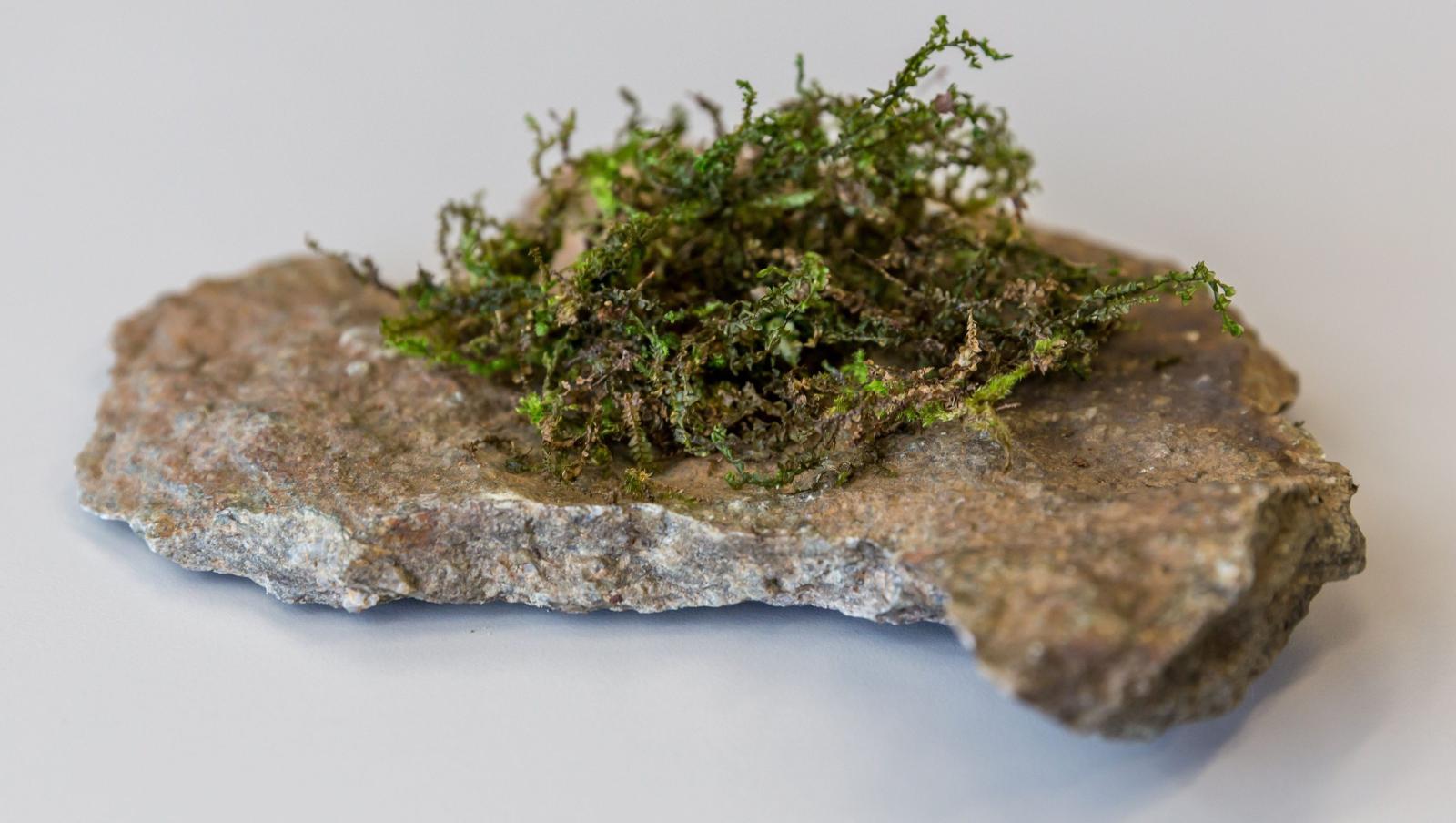Liverwort isn’t much to look at. These low-to-the-ground plant species creep along unobtrusively enough, spanning their hand-like fronds over rocks and logs alike. But there’s a secret side to some of these mossy weeds. In a report published yesterday (Oct. 24) in Science Advances, researchers revealed that certain members of the Radula genus of liverwort—there are about 9,000 species of liverwort; Radula comprises some 200-300 species—contains a chemical compound that relieves pain, much like the tetrahydrocannabinol (THC) found in marijuana. Unlike THC, however, perrotetinene, as the compound is known, doesn’t give you a psychoactive high.
Perrotetinene has a molecular structure similar to THC, which enables both compounds to easily attach to the brain’s cannabinoid receptors. Once they’re there, the compounds stem the flood of pain signals to the brain and dampen their effects, providing relief from pain and inflammation. That’s assuming perrotetinene will work the same way on human brains as it does on mice, the primary focus of this recent study.
In the past, it’s been easy for scientists to overlook liverwort—literally. “Nobody really notices [liverworts] because they’re so small,” Ohio State University- Columbus phytochemist Douglas Kinghorn told ScienceNews. “Sometimes you find important medicinal compounds in plants from unexpected sources.” But that doesn’t mean that you should start scouring your garden for any promising-looking moss. The study only identified three species of liverwort—Radula perrottetii, Radula marginata, and Radula laxiramea—known to produce the compound, and even then only in tiny quantities. (R. marginata, which is endemic to New Zealand and Tasmania, is sometimes sold online as a “legal high”—though, as the study notes, “the online community reporting about legal highs both affirms and refutes the anecdotes regarding the cannabis-like effects of smoked R. marginata.” In short, it might not work.)
Still, scientists say they’re optimistic about the synthetic version of the chemical, produced by replicating its molecular structure in a lab setting—though it’s a long, long way off being commercially available.
Credit: qz.com

